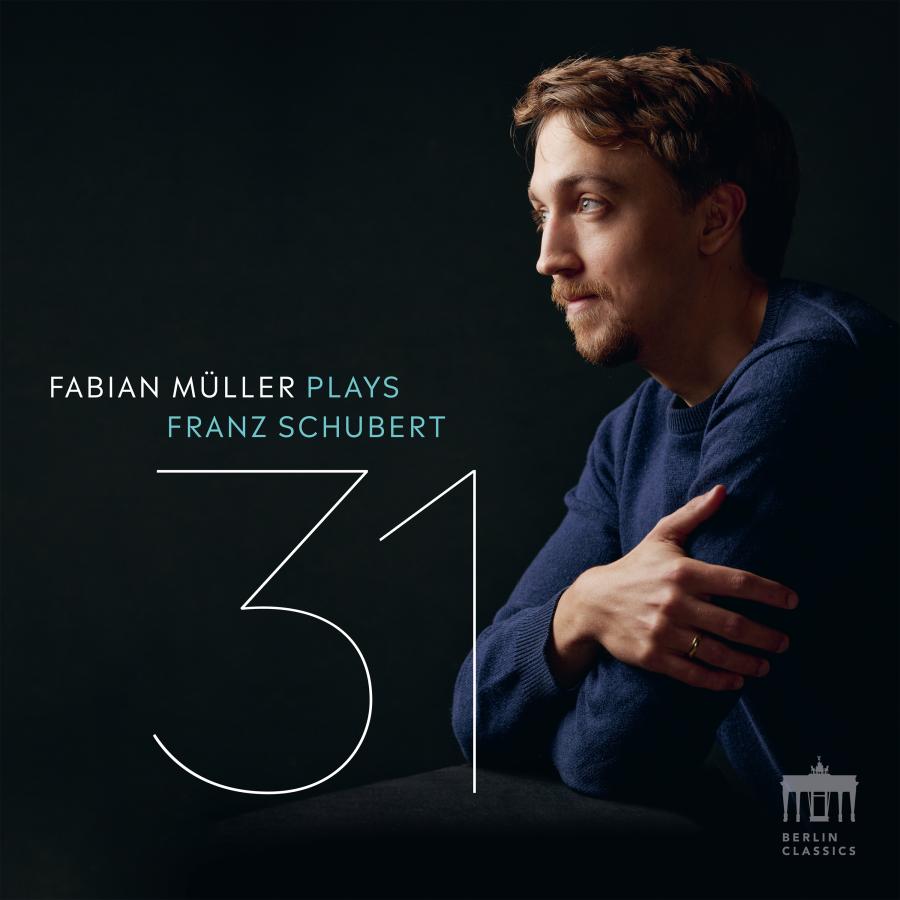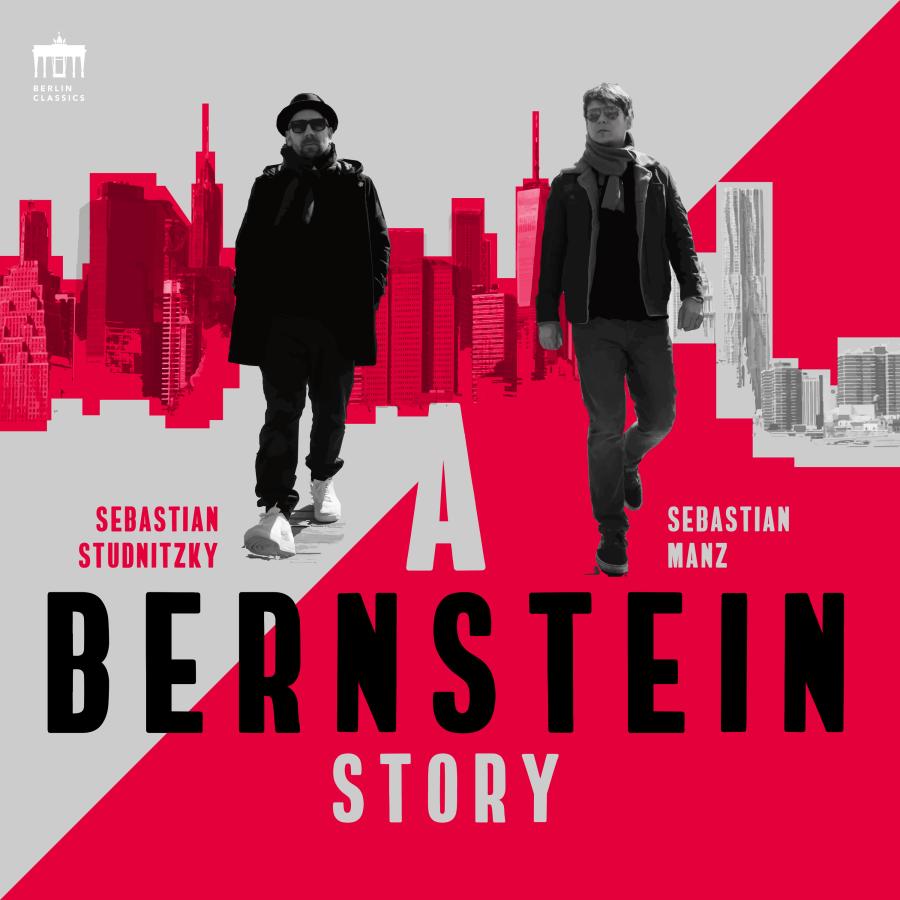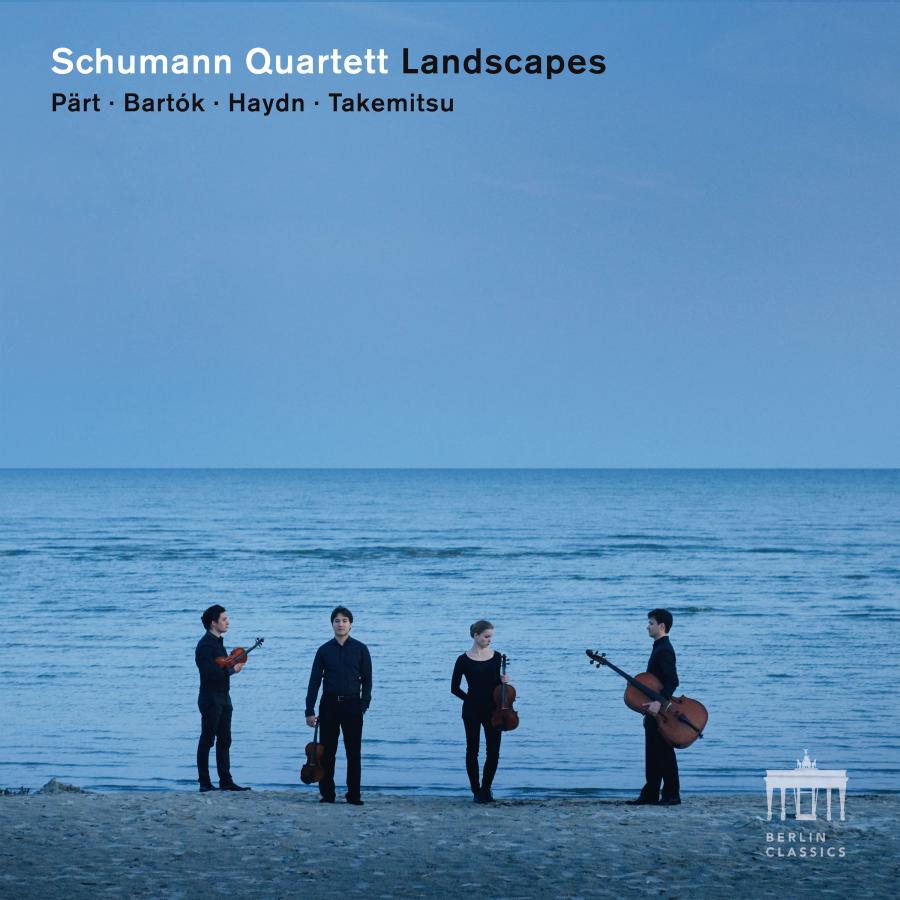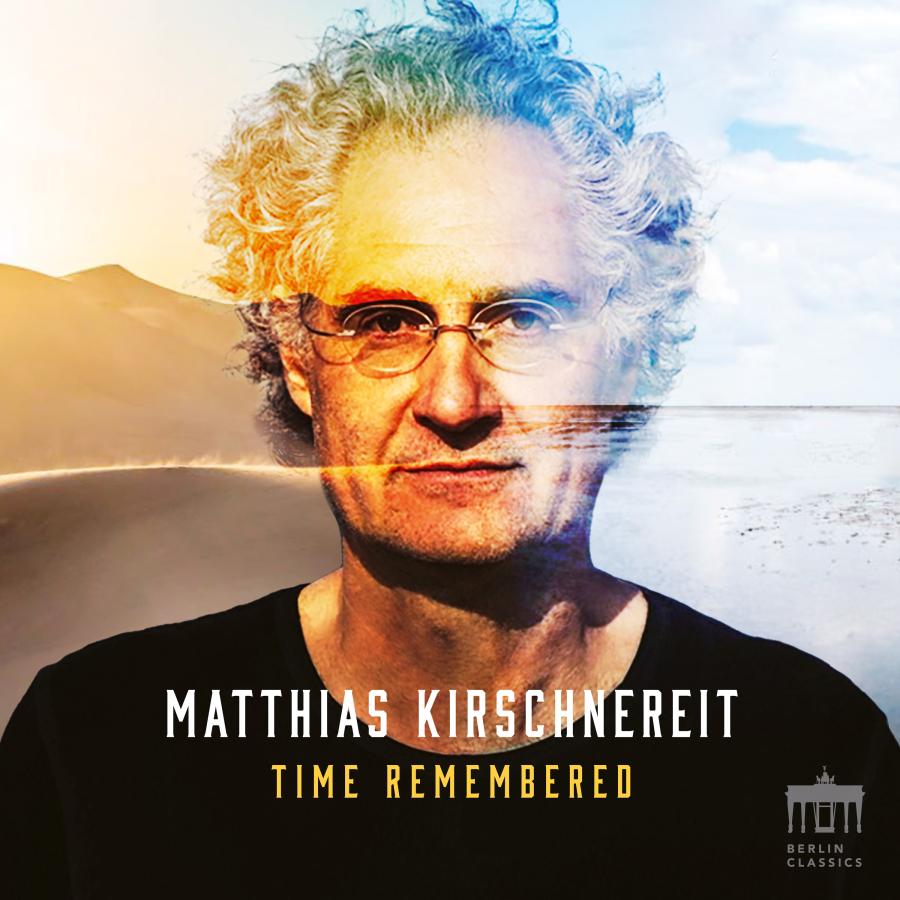“I imagined a program that would musically lead us through a Berlin techno weekend, so to speak,” writes pianist Mario Häring in the booklet of this recording. Just to reassure you: He is not referring to electronic music with booming beats, but piano music from Claude Debussy to Richard Wagner. The unifying element is the ecstatic effect of this music, which can be felt by anyone who hears or even plays it. Hence the fitting title “Extase”.
So when Mario Häring puts together his playlist for the weekend, he is primarily concerned with the intensity that is to be created over these three days.
Friday begins with “L’Isle Joyeuse” by Claude Debussy as an arrival on the “Island of Joy”. Franz Liszt’s “Mephisto Waltz”, Faust and Mephisto get the party going, which ends with Guillaume Connesson’s “Techno Parade” on the dance floor. The eponymous work – Alexander Scriabin’s 5th Piano Sonata, based on his “Poème de l’Extase” – leads to an ecstatic interpersonal encounter, which culminates in an erotic and intimate Saturday morning with Debussy’s “3 Chansons de Bilitis”. A trance-like evening with John Cage’s “Bacchanale” for prepared piano is followed by a Sunday that focuses on the emotional/transcendental aspect of ecstasy with the Andante from Sergei Rachmaninov’s Cello Sonata and “Isoldens Liebestod” by Richard Wagner/Franz Liszt.
Of course, he doesn’t spend the party weekend alone, but celebrates with friends. In this case with flautist Clara Andrada de la Calle, clarinettist Sharon Kam, cellist Alexandre Castro-Balbi and soprano Josefine Göhmann, who has already recorded an album with him. “With “Extase”, it was important to me that the program also represents my musical work. After all, chamber music is at least as important to me as my solo work. I experience so many different worlds and styles,” says Mario Häring.
“Extase” is not just an extraordinary solo piano program, but rather a fascinating circular argument that cleverly combines the indulgence of romanticism with the mechanics of modernity. The inclusion of guests turns this musical experience into a journey that draws attention to the self-delimitation of the techno idea and opens up a multitude of possible interpretations.
The program not only serves to present Mario Häring’s impressive playing culture, but also tells stories that have a lasting influence on the perception of music. It is about overcoming boundaries, about the opportunity for openness when listening to demanding compositions, without imposing unnecessary constraints. In the end, “ecstasy” is directly related to pleasure. The experience does not necessarily require dancing in order to be inspired. Listening alone can help on the path to unbounding a consciousness that strives for more than the ordinary. It is an invitation to embark on the captivating path of musical ectasy and to discover the pleasure of the diversity of sounds.
Extase Mario Häring & Josefine Göhmann
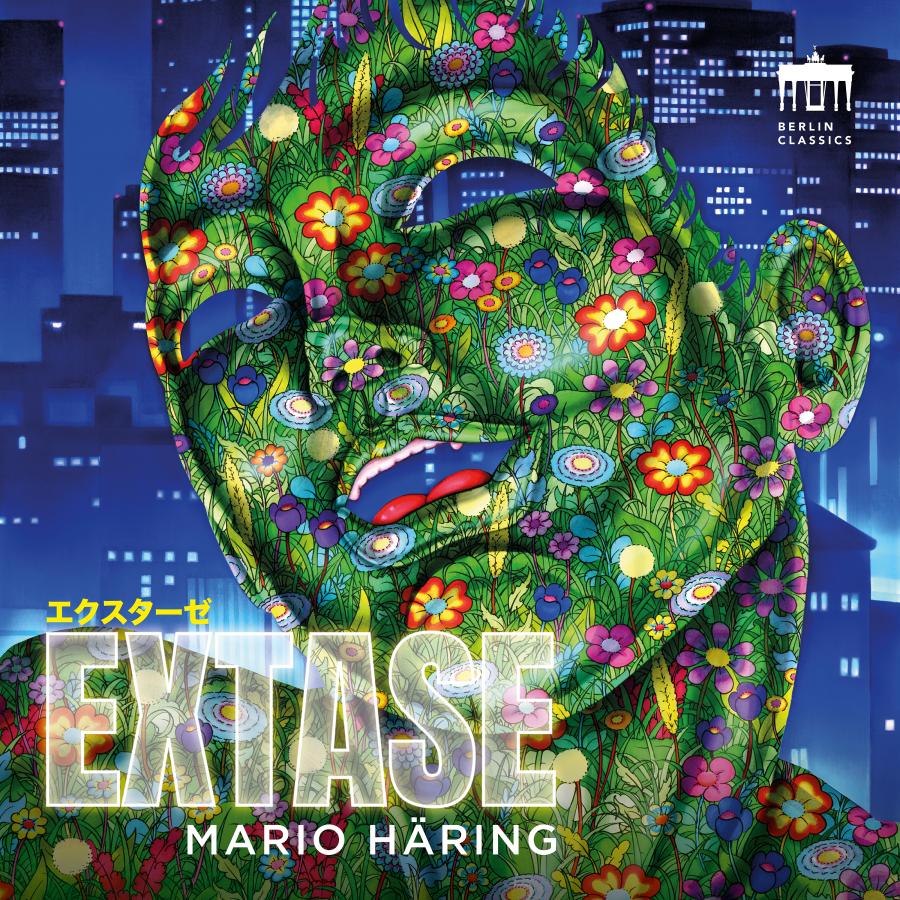
Artist


Composer





Further information
Genre
Klassik
Klavier
Klavier
Publication date
01.03.2024
"I imagined a program that would musically lead us through a Berlin techno weekend, so to speak," writes pianist Mario Häring in the booklet of this recording. Just to reassure you: He is not referring to electronic music with booming beats, but piano music from Claude Debussy to Richard Wagner. The unifying element is the ecstatic effect of this music, which can be felt by anyone who hears or even plays it. Hence the fitting title "Extase".
So when Mario Häring puts together his playlist for the weekend, he is primarily concerned with the intensity that is to be created over these three days.
Friday begins with "L'Isle Joyeuse" by Claude Debussy as an arrival on the "Island of Joy". Franz Liszt's "Mephisto Waltz", Faust and Mephisto get the party going, which ends with Guillaume Connesson's "Techno Parade" on the dance floor. The eponymous work - Alexander Scriabin's 5th Piano Sonata, based on his "Poème de l'Extase" - leads to an ecstatic interpersonal encounter, which culminates in an erotic and intimate Saturday morning with Debussy's "3 Chansons de Bilitis". A trance-like evening with John Cage's "Bacchanale" for prepared piano is followed by a Sunday that focuses on the emotional/transcendental aspect of ecstasy with the Andante from Sergei Rachmaninov's Cello Sonata and "Isoldens Liebestod" by Richard Wagner/Franz Liszt.
Of course, he doesn't spend the party weekend alone, but celebrates with friends. In this case with flautist Clara Andrada de la Calle, clarinettist Sharon Kam, cellist Alexandre Castro-Balbi and soprano Josefine Göhmann, who has already recorded an album with him. "With "Extase", it was important to me that the program also represents my musical work. After all, chamber music is at least as important to me as my solo work. I experience so many different worlds and styles," says Mario Häring.
"Extase" is not just an extraordinary solo piano program, but rather a fascinating circular argument that cleverly combines the indulgence of romanticism with the mechanics of modernity. The inclusion of guests turns this musical experience into a journey that draws attention to the self-delimitation of the techno idea and opens up a multitude of possible interpretations.
The program not only serves to present Mario Häring's impressive playing culture, but also tells stories that have a lasting influence on the perception of music. It is about overcoming boundaries, about the opportunity for openness when listening to demanding compositions, without imposing unnecessary constraints. In the end, "ecstasy" is directly related to pleasure. The experience does not necessarily require dancing in order to be inspired. Listening alone can help on the path to unbounding a consciousness that strives for more than the ordinary. It is an invitation to embark on the captivating path of musical ectasy and to discover the pleasure of the diversity of sounds.
Tracklist - These are the tracks you will hear on the album
Extase
Mario Häring & Josefine Göhmann
1
L'Isle Joyeuse
2
Mephisto Waltz No. 1, S. 514
3
Techno Parade for Flute, Clarinet and Piano
4
Piano Sonata No. 5, Op. 53
5
I. La flûte de Pan
6
II. La Chevelure
7
III. Le tombeau des Naïades
8
Bacchanale for Prepared Piano
9
III. Andante
10
Isoldens Liebestod













![Salaputia Brass - Je veux (Arr. für Brass Ensemble) [Offizielles Musikvideo] Salaputia Brass - Je veux (Arr. für Brass Ensemble) [Offizielles Musikvideo]](https://img.youtube.com/vi/jcru50KZdfw/default.jpg)



